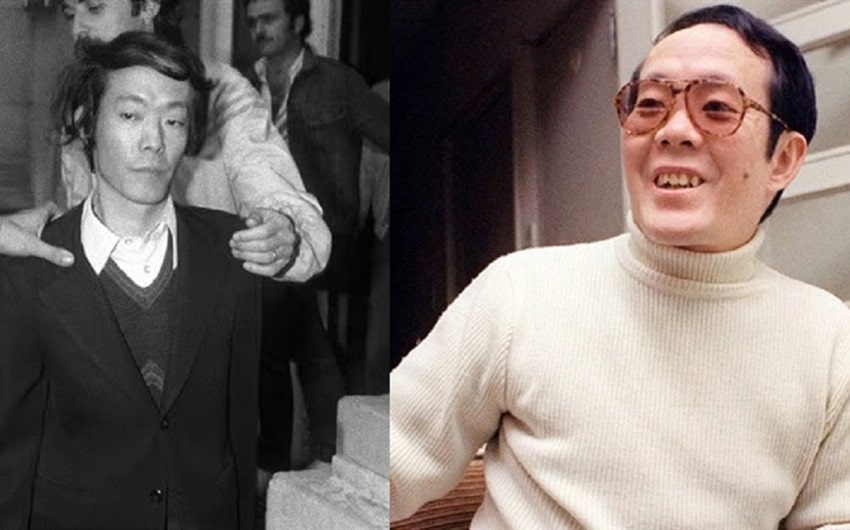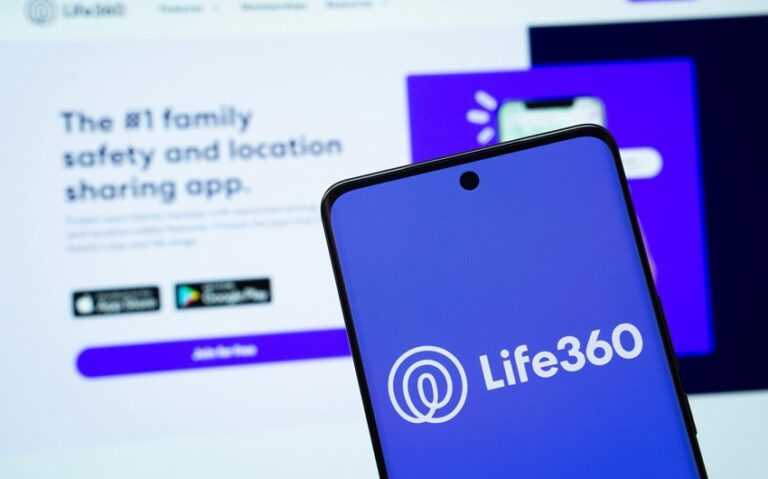Issei Sagawa Net Worth in 2025: What the Infamous Cannibal Earned and Lost
When you think about net worth, the first names that come to mind are often celebrities, entrepreneurs, or influencers. But what about infamous individuals like Issei Sagawa? His case isn’t just disturbing—it’s also financially curious. If you’re asking what Issei Sagawa’s net worth was in 2025, the answer is unsettling, yet revealing.
Who Was Issei Sagawa and Why Does His Net Worth Matter?
Issei Sagawa, often called the “Kobe Cannibal,” was a Japanese man who gained international notoriety after murdering and cannibalizing a Dutch student, Renée Hartevelt, in Paris in 1981. He was arrested but declared legally insane by French authorities and eventually deported to Japan, where he lived freely due to a legal loophole. Over the years, he capitalized on his infamy by writing books, appearing in documentaries, and giving paid interviews.
You might expect someone with such a dark past to live in obscurity or poverty. Yet, at different points, Issei Sagawa earned significant money. His net worth, though morally controversial, is a stark example of how notoriety can be monetized—even infamy has market value in some corners of society.
What Was Issei Sagawa’s Net Worth at the Time of His Death?
Issei Sagawa died in November 2022, at the age of 73. At the time of his death, his net worth was estimated to be less than $100,000. That figure reflects a massive decline from earlier decades, when he reportedly made six figures from book sales, TV appearances, adult films, and tabloid interviews.
By the 2010s, however, Sagawa had become physically frail, financially unstable, and socially isolated. His infamy eventually faded into obscurity, leaving him with little income and increasing medical costs. While his past earnings were real, they were not sustained—his net worth deteriorated over time.
How Did He Initially Make Money After the Murder?
After returning to Japan, Issei Sagawa was never charged with murder. Due to legal gaps between France and Japan, he was released after a brief stay in a mental hospital. That freedom allowed him to profit from his crime—an idea that many find deeply disturbing.
Sagawa wrote at least five books about his life and the murder, including graphic retellings that sold well in Japan. He was invited to appear on TV talk shows, participated in interviews, and was even cast in low-budget adult films where his notoriety was used for shock value.
In his peak media years (late 1980s to early 1990s), Sagawa’s net worth reportedly reached $300,000 to $500,000. This income came from:
- Publishing royalties
- Tabloid and TV payments
- Film appearances and acting fees
- Guest speaking events
All of these were short-term revenue bursts. They did not translate into lasting financial security.
Why Did His Net Worth Decline Over Time?
You might wonder why someone who earned hundreds of thousands of dollars would end life with so little. Issei Sagawa’s net worth fell sharply due to a combination of factors:
- Public backlash eventually made it harder for him to appear in media.
- Declining health limited his ability to work or speak publicly.
- No long-term investments meant he lived off of short-term earnings.
- Lack of royalties from newer projects due to social rejection and industry blacklisting.
By the 2000s, most companies and media outlets refused to associate with him. He became financially dependent on his brother and other caregivers in his final years. His once-controversial income had dried up entirely.
Did Issei Sagawa Try to Rebuild His Net Worth?
In the late 2000s, Sagawa made minor attempts to regain attention through online content and public commentary. He posted essays, appeared in a few small indie documentaries, and offered commentary on Japanese social issues. But these efforts did not bring in substantial income.
By 2013, he suffered a cerebral infarction (stroke), leaving him physically disabled. This medical crisis marked the end of any attempt to earn further. His caregivers took over his day-to-day life, and his finances dwindled further under mounting medical costs.
Were There Any Assets or Investments?
No verified reports suggest that Issei Sagawa owned any significant property, intellectual assets, or financial investments. Unlike celebrities who turn notoriety into long-term wealth through publishing rights or brand licensing, Sagawa’s earnings were transactional and momentary.
He did not own real estate, and there’s no record of him creating monetizable assets like documentaries, production rights, or intellectual property with resale value. His only financial leverage was himself—and once the public lost interest, that leverage disappeared.
Did His Net Worth Come from Book Royalties?
Book royalties played a large part in Issei Sagawa’s early financial life. His memoir In the Fog and several follow-up books attracted attention in the Japanese publishing world. However, royalty payments decreased sharply as the backlash grew and the books were pulled from circulation in some stores.
He also co-authored a manga and participated in literary essays, but none of these projects had lasting financial traction. Without foreign licensing or mainstream reprints, his literary income never provided passive wealth. For you, this highlights a major truth: even content with high initial sales can fail to build wealth without ongoing licensing, global appeal, or brand reputation.
How Did Public Opinion Impact His Earning Potential?
At first, Sagawa’s infamy drew media attention, but public outrage soon turned against the companies profiting from his story. Advertisers withdrew, talk shows declined his invitations, and publishers hesitated to reprint his work. Eventually, social pressure blacklisted him from profitable platforms.
This loss of access was fatal to his earning power. You can think of reputation as currency—once it’s gone, so is your influence. Even for someone infamous, there are limits to how far the market will support your name.
What Can You Learn from Issei Sagawa’s Net Worth Story?
While his life and crimes are a dark chapter in modern history, the financial lesson is clear: fast money without ethics, purpose, or reinvestment will disappear. Sagawa’s net worth proves that even sensational income streams collapse when built on controversy, rather than value.
If you’re building wealth, ask yourself:
- Am I creating lasting value or chasing fleeting attention?
- Are my earnings tied to a sustainable reputation?
- Will my income grow passively over time, or does it depend on constant effort or shock?
Sagawa’s fortune wasn’t just small at the end—it was unsustainable from the beginning. No brand, no assets, no future value. Just moments of curiosity turned quickly into regretful disinterest.
Final Thoughts: Issei Sagawa’s Net Worth Was a Reflection of a Flawed Legacy
Issei Sagawa’s net worth may have peaked around half a million dollars, but it ended near zero. His life offers a grim look at what happens when financial gain is built on scandal without structure. Whatever your opinion of his freedom or infamy, his net worth reveals a deeper truth: long-term wealth comes from legacy—not shock value.
If you want to grow real net worth, look to people who build platforms with purpose, create assets that last, and use their names to elevate others—not horrify them. That’s where financial power lives—not in headlines, but in impact.
image source: https://filipinotimes.net/latest-news/2022/12/02/japans-kobe-cannibal-who-ate-dutch-student-dies-at-73/







